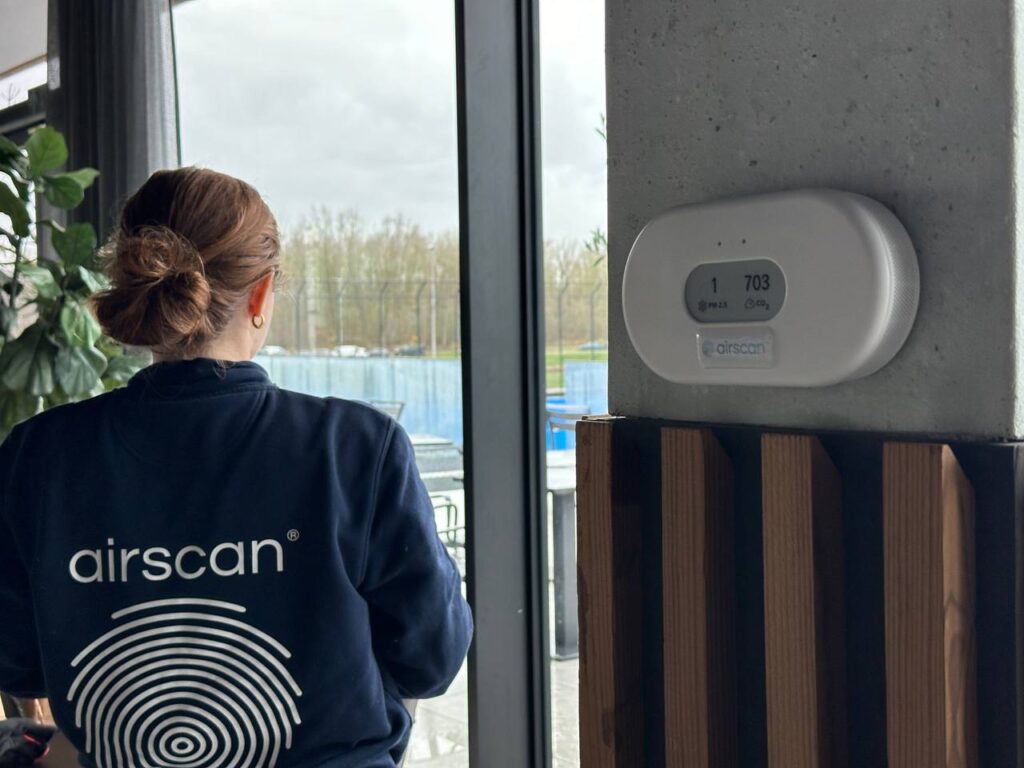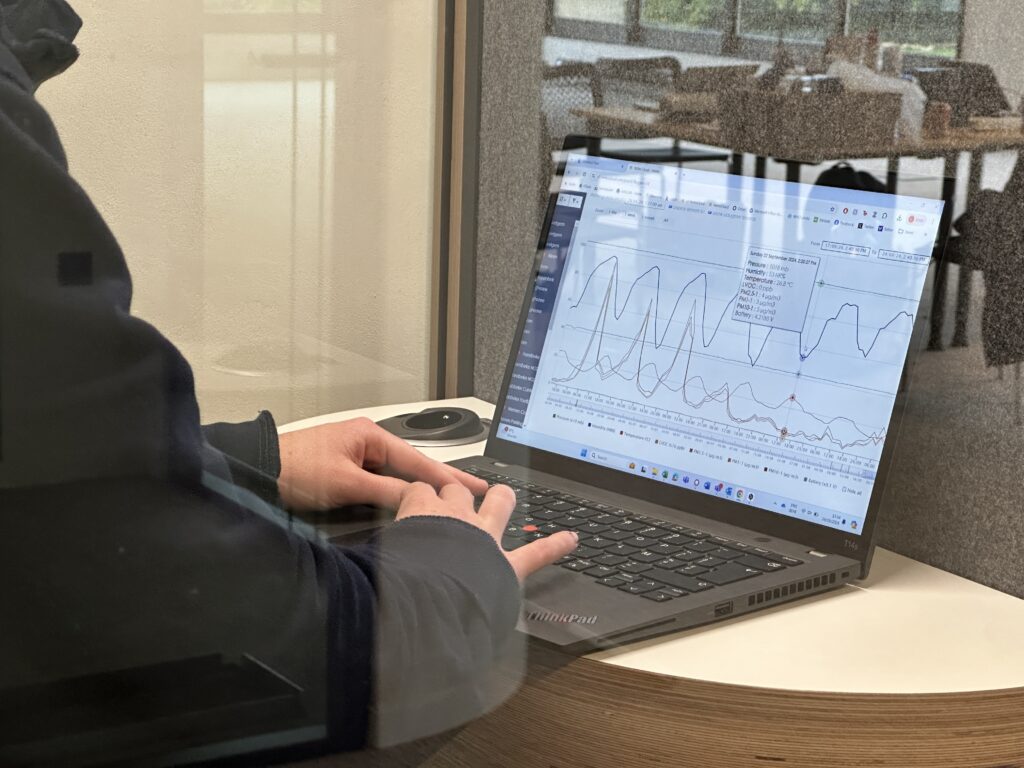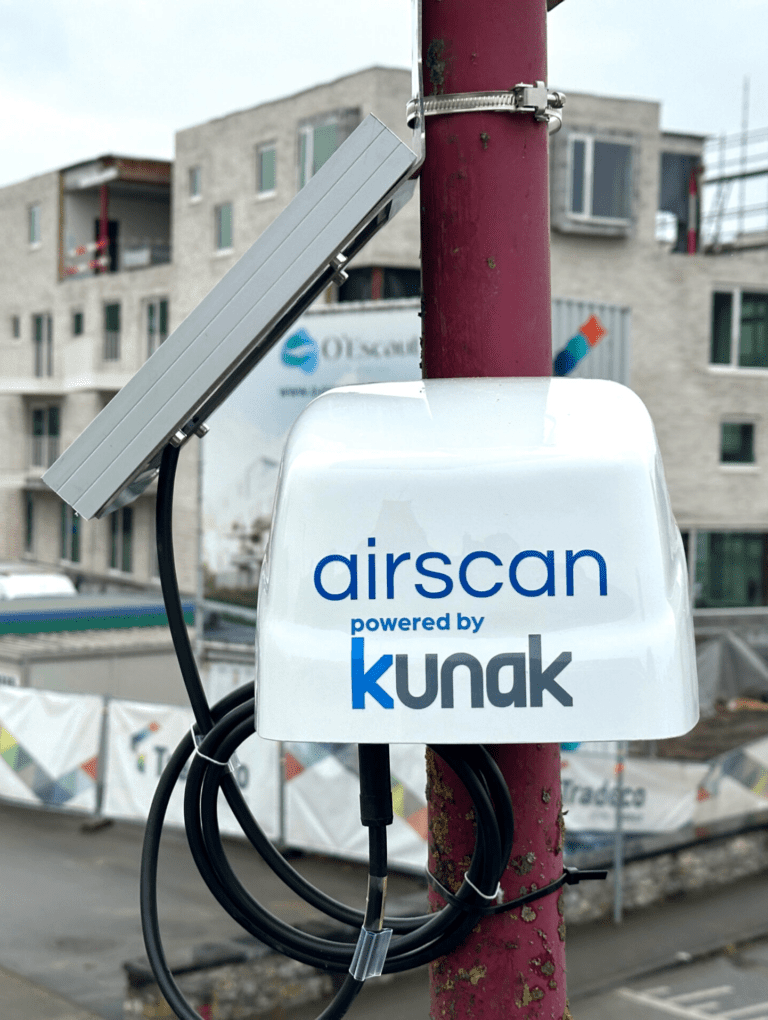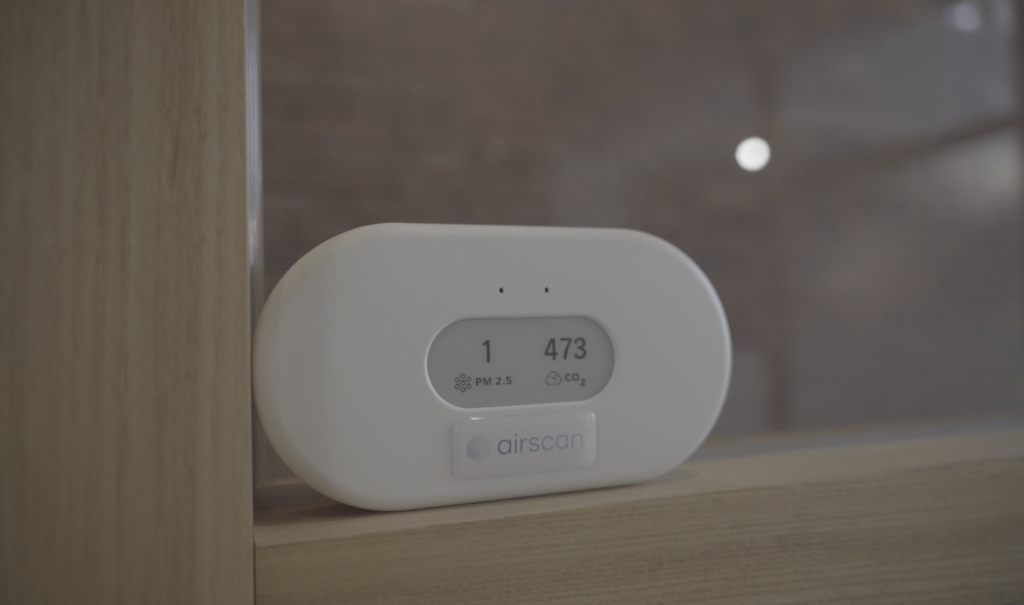Emerging Air Quality Monitoring Trends for 2025

As concerns about air pollution and its impact on health continue to grow, advancements in air quality monitoring technology are reshaping the way we address environmental and indoor air quality challenges.
In 2025, cutting-edge solutions are paving the way for more precise, real-time, and actionable insights into air quality, both outdoors and indoors.
This article explores five key trends poised to transform air quality monitoring and management in the coming year.
1. Real-Time Data and Air Quality Modelling
The integration of real-time data collection and advanced modelling techniques is revolutionizing the scope of air quality monitoring.
With the proliferation of open data platforms and networks of sensors deployed across urban and rural areas, it is now possible to compile live measurements from numerous devices. These datasets feed into sophisticated models that provide a comprehensive understanding of air quality over a large area. Such developments empower governments, researchers, and the public with the ability to track pollution levels dynamically, predict air quality trends, and develop effective mitigation strategies.

2. AI-Powered Tailored Air Quality Analysis
Artificial intelligence (AI) is becoming an indispensable tool for analyzing complex air quality data.
AI algorithms can process large datasets, identify patterns, and interpret trends far more efficiently than traditional methods. Moreover, AI-powered platforms can offer tailored recommendations based on specific scenarios, whether it’s reducing emissions in industrial zones, optimizing urban planning, or addressing localized air quality concerns. By leveraging AI, stakeholders can implement solutions that are not only effective but also highly specific to the unique needs of each case study.
3. Indoor Monitoring Networks with Smart Ventilation
Indoor air quality is gaining increasing attention as people spend the majority of their time indoors.
In 2025, the deployment of real-time air quality monitoring devices within buildings is set to become a standard practice. These devices, when integrated with smart ventilation systems, can provide tenants with assurance of a healthy indoor environment.
They can also dynamically adjust ventilation patterns based on detected pollution trends in specific rooms, optimizing energy efficiency while ensuring air quality. This trend is particularly beneficial for workplaces, schools, and public buildings where air quality directly impacts health and productivity.
4. External Pollution Source Detection through Triangulation
The ability to pinpoint external pollution sources is a game-changer for industrial zones and urban centers. Networks of outdoor sensors capable of measuring a wide range of pollutants are being deployed in strategic locations.
By analyzing the spatial distribution of these measurements, it is possible to triangulate and identify specific sources of pollution, such as factories, traffic hotspots, or other emission-intensive activities. This precise identification enables authorities to implement targeted interventions, improving overall air quality in the region.

5. Smart Indoor Air Quality Monitoring for Homes

The benefits of air quality monitoring are no longer limited to public spaces and workplaces. In 2025, smart air quality devices for residential use are becoming increasingly accessible and popular. These devices monitor pollution levels in key areas such as kitchens, living rooms, and bedrooms, ensuring that occupants can breathe clean air within the comfort of their own homes. Equipped with user-friendly interfaces and alerts, these systems empower individuals to take proactive measures to maintain a healthy indoor environment, from adjusting ventilation to addressing pollution sources like cooking or heating systems.
How Airscan can help you keep up with the times
The trends emerging in 2025 highlight a future where air quality monitoring is not just about data collection but about creating actionable insights that improve our environment and community.
From AI-driven analyses to smart indoor systems and external source detection, the landscape is evolving rapidly. Airscan offers solutions to tackle air pollution effectively, whether in sprawling urban environments, industrial zones, or the comfort of our homes.
With state-of-the-art real-time air quality sensors, Airscan offers the tools to deploy effective air quality management systems. By embracing these advancements, we can take significant strides toward a cleaner and healthier future.
Latest Articles

School air quality: protect children today | Airscan
Children are more vulnerable to air pollution at school. Key Brussels data, effective measures (school streets, LEZ), and Airscan solutions: monitoring, smart ventilation, certification‑ready reporting.


Ventilation Audits in Flanders Care Homes: Airscan’s 40‑Site Study on Indoor Air Quality
Airscan’s audit of 40 Flemish care homes uncovered critical ventilation issues: nearly 1 in 4 rooms exceeded safe CO₂ limits. With VEB and VIPA support, the study offers data-driven solutions to protect residents’ health.
